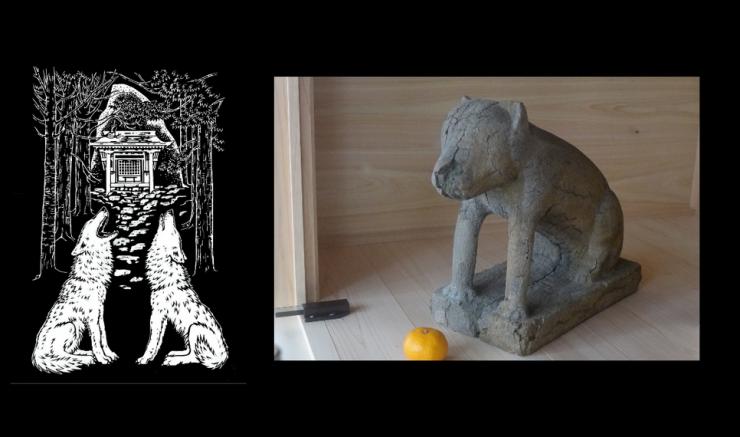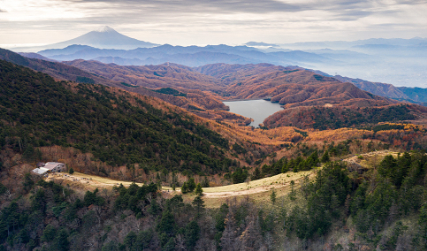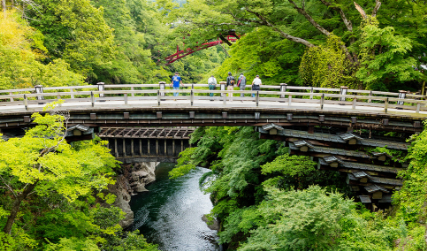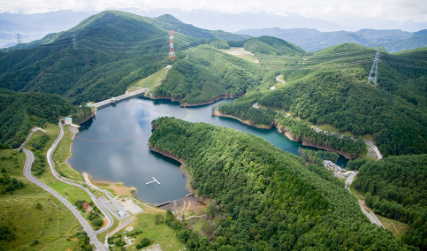Tabayama and the Legends of Nanatsuishi Shrine
Main content starts here.

Nestled in the northeastern mountains of Yamanashi Prefecture, the tiny village of Tabayama plays an outsized role in the lives of Tokyoites. The village is home to the Tamba River, which empties into Lake Okutamako and flows onward to the Tama River, one of the capital’s most important sources of water.
While avid hikers flock to climb the neighboring Mount Kumotori––the highest mountain in Tokyo at 2,017 meters and now popularly associated with the critically acclaimed animation Demon Slayer: Kimetsu no Yaiba––the nearby Mount Nanatsuishi holds tremendous cultural significance for Tabayama itself.
The mountain derives its name (“seven rocks”) from the seven limestone rocks near its summit. Folk legends vary regarding their origin: some say these stones are the seven warriors who accompanied the rebellious tenth-century samurai Taira no Masakado as he fled after being defeated in battle. Others say the stones were straw decoys Masakado had made before his adversary, Tawara no Tota, found him. Though Masakado hid himself among them, he was felled by Tota’s arrow, and turned to stone along with the decoys. Masakado is enshrined at Nanatsuishi Shrine, also located near the top of the mountain.
The shrine dates back to at least the mid-Edo period (1603-1868) and is also dedicated to the wolf, as evidenced by the wolf statues––guardian dogs––guarding its precincts. Though wolves have presumably been extinct in Japan for over a century, they were once revered and worshiped as messengers of the mountain gods. Just as wolves once hunted deer and boar in the mountains, Tabayama too was once a village of hunters and farmers, who are likely to have dwelt in symbiosis with the wolves. Even today, a few local hunters pray to the gods for safety and good hunting in the mountains, and leave offerings of salt for the wolf deities.
-

Nature & Outdoors
-

History & Culture
-

Nature & Outdoors
Home of Mt. Fuji > Uncover > Tabayama and the Legends of Nanatsuishi Shrine